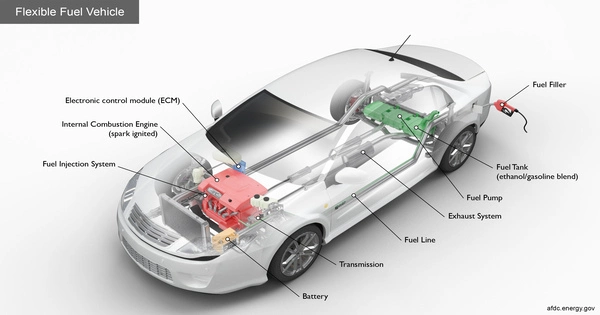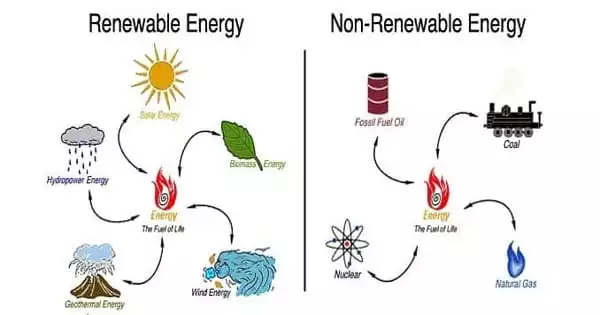A flexible-fuel vehicle (FFV) is a type of vehicle that can operate on more than one type of fuel. They are typically designed to run on a blend of gasoline and ethanol (E85), but can also run on gasoline alone. They are equipped with a special engine and fuel system that allows them to use different fuels, depending on what is available. Flexible-fuel vehicles are becoming more common as a way to reduce dependence on fossil fuels and increase the use of renewable energy sources.
These vehicles have a special engine and fuel system that allows them to run on gasoline and gasoline-ethanol blends, such as E10 (10% ethanol, 90% gasoline) and E85 (85% ethanol, 15% gasoline). FFVs offer an alternative to traditional gasoline-only vehicles, as ethanol is typically cheaper and can be made from domestically grown crops, reducing dependence on foreign oil.
Ethanol is a renewable biofuel made from plant materials such as corn, sugarcane, and grasses. FFVs are designed to run on gasoline containing up to 85% ethanol (E85), although they can also run on regular gasoline. The use of ethanol in FFVs helps to reduce dependence on fossil fuels and decrease emissions of greenhouse gases.
The most common type of FFV is one that can run on gasoline, E85 (85% ethanol and 15% gasoline), and any combination of the two. These vehicles have specialized engines and fuel systems that can handle the different properties of ethanol and gasoline, and are designed to switch seamlessly between the two fuels depending on their availability. Some FFVs are also capable of running on other types of fuels such as methanol and propane.
The ethanol flexible-fuel vehicle is the most common commercially available FFV in the world market, with approximately 60 million automobiles, motorcycles, and light duty trucks manufactured and sold globally by March 2018, and concentrated in four markets: Brazil (30.5 million light-duty vehicles and over 6 million motorcycles), the United States (21 million by the end of 2017), Canada (1.6 million by 2014), and Europe, led by Sweden (243,100).
Despite the fact that technology exists to allow ethanol FFVs to run on any combination of gasoline and ethanol, from pure gasoline to 100% ethanol (E100), North American and European flex-fuel vehicles are optimized to run on E85, a blend of 85% anhydrous ethanol fuel and 15% gasoline. This ethanol content upper limit is set to reduce ethanol emissions at low temperatures and to avoid cold starting problems during cold weather, at temperatures less than 11 °C (52 °F). From November to March, the alcohol content is reduced in regions where temperatures fall below 0 °C (32 °F) to a winter blend of E70 in the United States or E75 in Sweden.
















